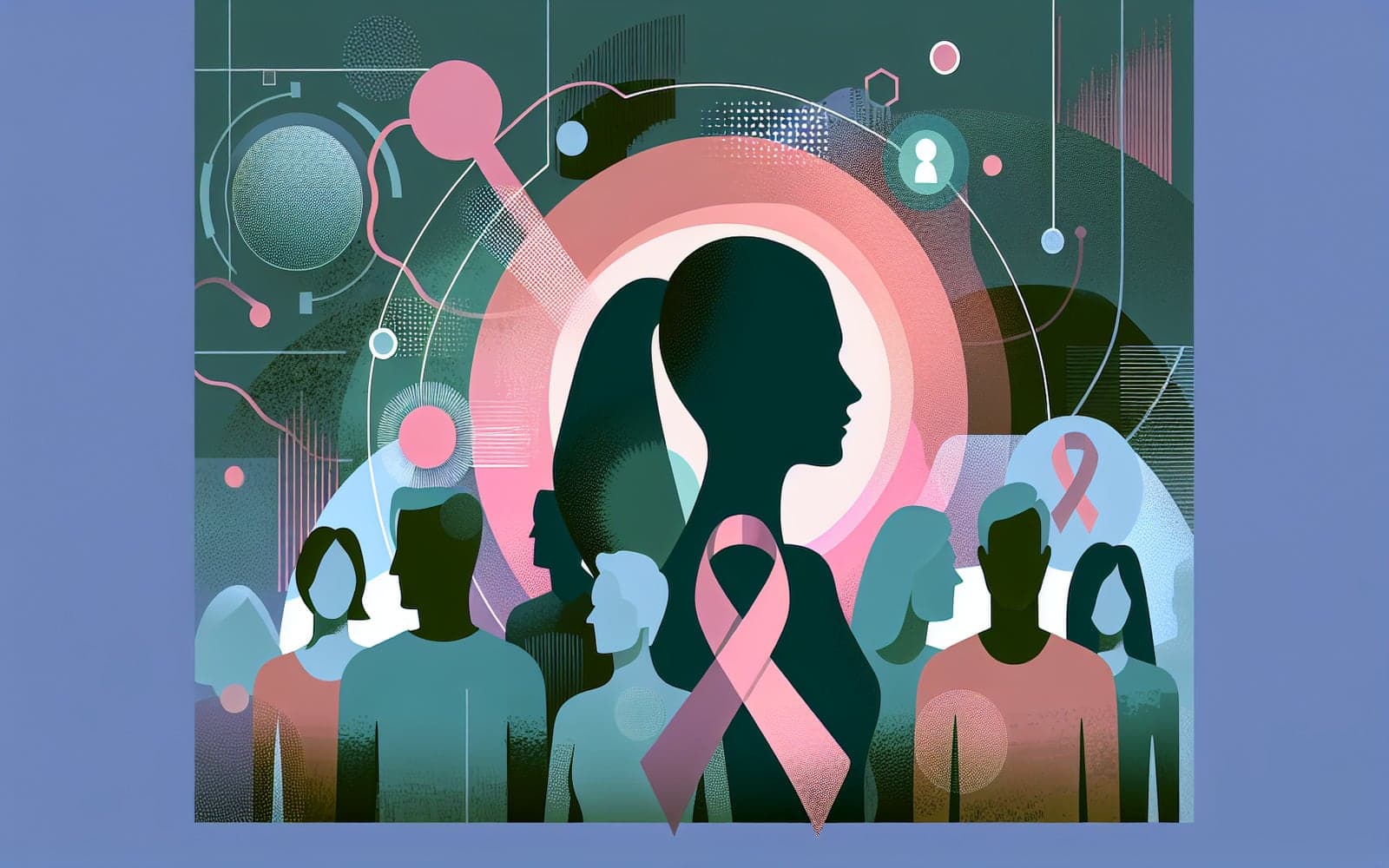Are You at Risk for Multiple Myeloma? Key Factors to Consider
Published: Feb 05, 2024

Medically reviewed by Becky Powers | MD, The University of Texas Medical School - Houston, Texas on February 5th, 2024.
While anyone can develop multiple myeloma, certain factors can increase your risk. Knowing these can help you stay vigilant about your health.
Contents
Age: The Biggest Factor
Age is the most significant risk factor for multiple myeloma. The disease is most commonly diagnosed in people aged 65-74, with only about 1% of cases occurring in people under 35. It's like a car that's been on the road for many years - the longer it's been running, the more likely it is to develop problems. This doesn't mean younger people can't get multiple myeloma, but it's much less common.
Gender and Race: Uneven Distribution
Multiple myeloma is more common in men than in women, though the reason for this isn't clear. It's also about twice as common in African Americans as in white Americans. This disparity is like a puzzle that researchers are still trying to solve - we know it exists, but we don't fully understand why. If you're in one of these higher-risk groups, it's especially important to be aware of potential symptoms.

Family History: Genetic Links
Having a close relative (parent, sibling, or child) with multiple myeloma increases your risk of developing the disease. While this increased risk is relatively small, it's still significant. Think of it like a family recipe that gets passed down - sometimes, genetic predispositions to certain diseases can be inherited too. However, most people who develop multiple myeloma don't have a family history of the disease.
Frequently Asked Questions
There's no known way to prevent it, but maintaining a healthy lifestyle may help.
No, many people with risk factors never develop the disease.
Routine screening isn't recommended, but discuss any concerns with your doctor.
Yes, but it's rare - only about 3% of cases are in people under 45.
Key Takeaways
Understanding your risk factors doesn't mean you can prevent multiple myeloma, but it can help you stay informed and proactive about your health.
Concerned about your risk for multiple myeloma? Schedule a consultation with Doctronic to discuss your personal risk factors.Related Articles
References
Kyle RA, Gertz MA, Witzig TE, et al. Review of 1027 patients with newly diagnosed multiple myeloma. Mayo Clin Proc 2003; 78:21.
Waxman AJ, Mink PJ, Devesa SS, et al. Racial disparities in incidence and outcome in multiple myeloma: a population-based study. Blood 2010; 116:5501.
This article has been reviewed for accuracy by one of the licensed medical doctors working for Doctronic. Always discuss health information with your healthcare provider.

